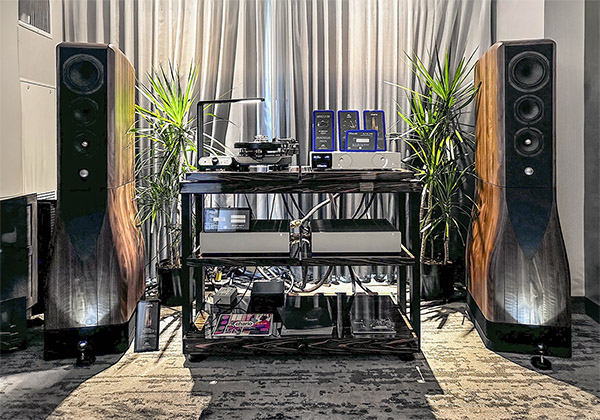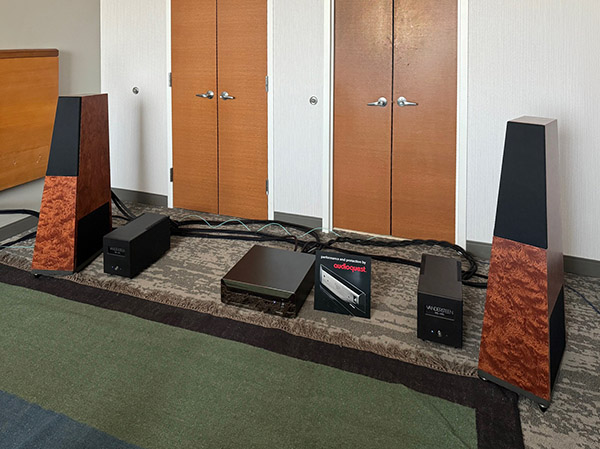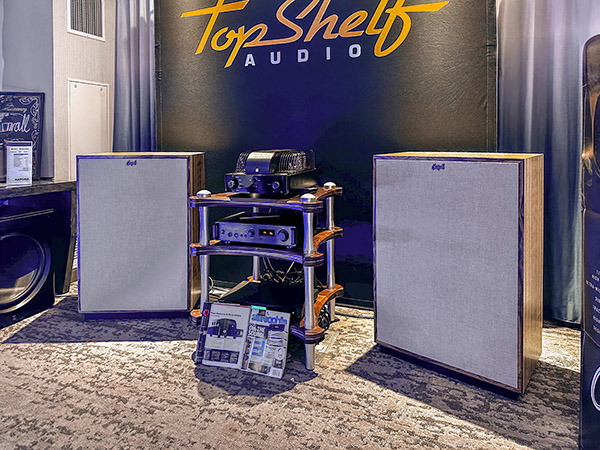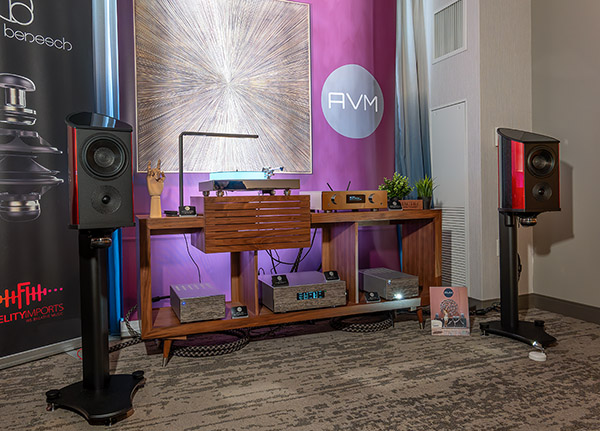Unison Research S6 Black Edition integrated amplifier More Measurements
Unison Research S6 Black Edition integrated amplifier More Measurements
- Read more about Unison Research S6 Black Edition integrated amplifier More Measurements
- Log in or register to post comments





